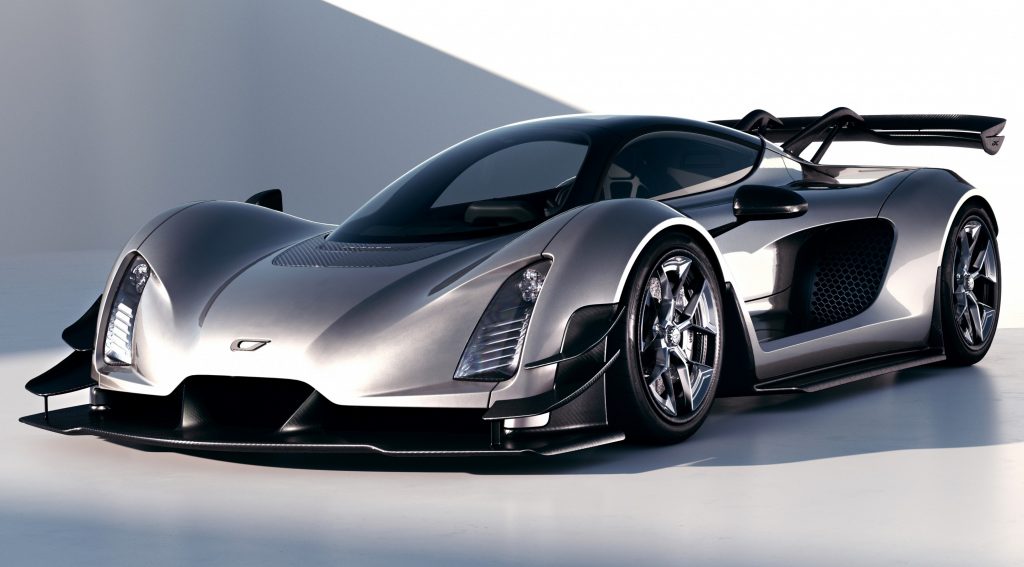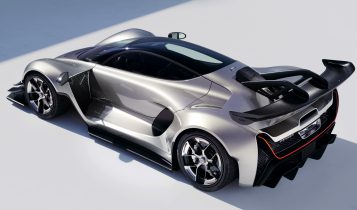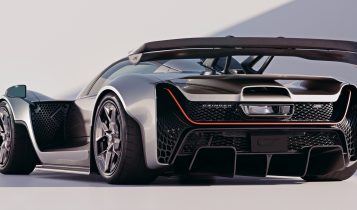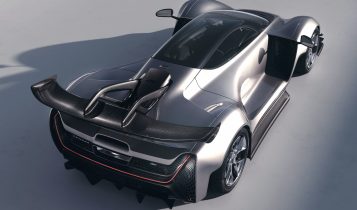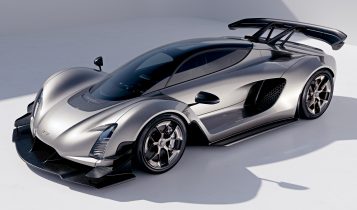Remember the wild-looking 21C hypercar by Czinger that made waves last year? Well, it is back and it is in production spec.
The 21C is the first model in a series of exclusive performance vehicles and will be limited to just 80 units worldwide. Additive manufacturing technologies were used for each component and was computationally engineered using AI.
Since its introduction in 2021, the car has received some significant updates such as an increase in width to 2,050 metres. Since it packs 1,250 PS (1,233 hp; 919 kW) and features a dry weight of under 1,240 kg, the 21C achieves a true 1:1 power-to-weight ratio. It also features all-wheel drive with a strong hybrid powertrain.
This powertrain consists of an in-house developed 2.88-litre, flat crank V8 with twin turbos located mid-vehicle which works in conjunction with two high output electric motors, each powering a front wheel with torque vectoring. The total output as previously mentioned is 1,233 hp (919 kW) but this can be cranked up to 1,332 hp (993 kW) with an optional power upgrade.
Power is sent to the wheels via an ultra-light, sequential seven-speed automated manual transmission gearbox.
The hypercar has a top speed of 281 mph (452 km/h) in optional low drag vmax configuration. The driver and passenger are placed in the centre position for “ultimate weight distribution, aero and driver engagement”
The quarter-mile time is claimed to be 8.1 seconds while the 0 to 100 km/h (96 mph) time is just 1.9 seconds. Keep holding your foot flat and you will reach 300 km/h (186 mph) from standstill in 8.5 seconds while 0 to 400 km/h (248 mph) is dealt with in 21.3 seconds. If these claims are accurate, then it would comfortably become the fastest production car over a quarter-mile beating out the freshly revealed Rimac Nevera.
The 21C is highly customizable both from a specification and individual personalization perspective. Presented in two fully homologated specifications, a lightweight high downforce configuration and a low drag configuration, both cars are powered by Czinger’s in-house powertrain and display its iconic design language and in-line seating architecture.
These are all claims, for now, so let’s wait and see what transpires once the production units start to roll out of the factory and on to testing grounds.

